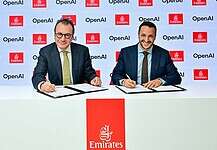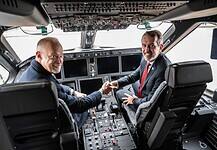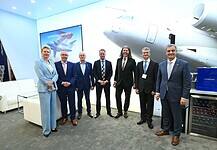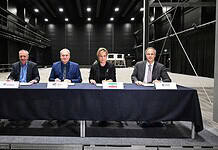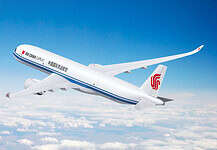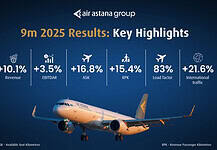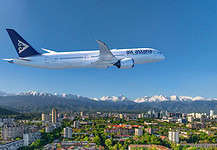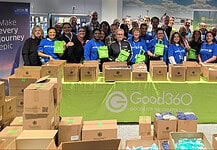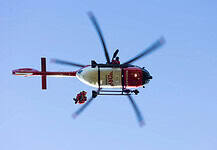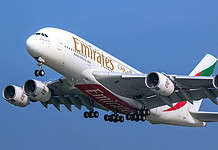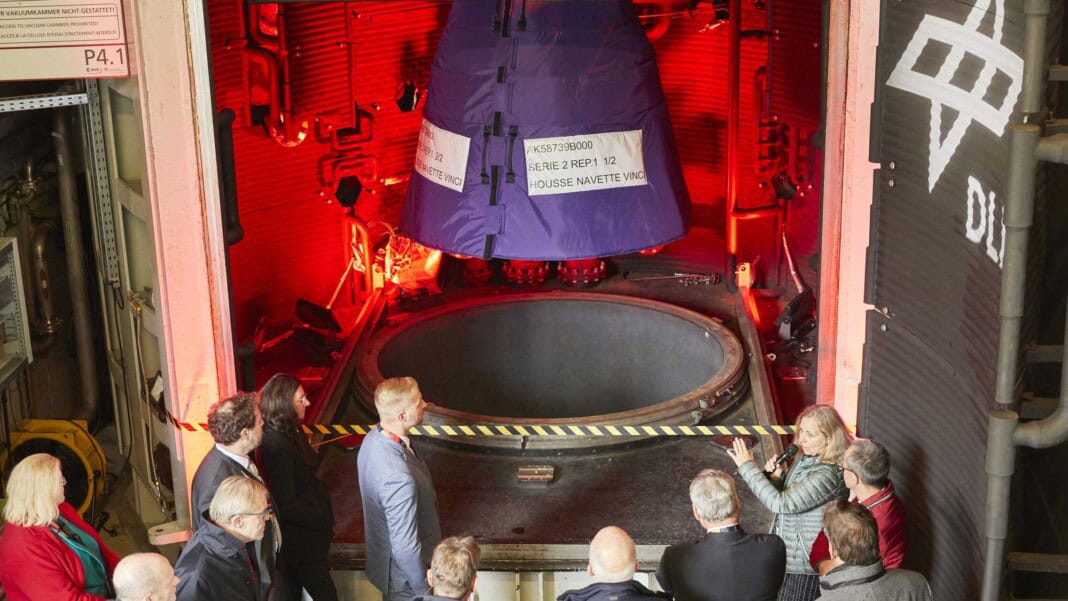
This site is also available on:
Deutsch
Progress in the production of the upper stage engine for Ariane 6
The transfer of production of the Vinci upper stage engine for Ariane 6 to ArianeGroup Germany marks a significant milestone in the European space industry. Final assembly of the engine will be carried out at the Lampoldshausen site, a facility of the German Aerospace Center (DLR). This includes the complex assembly of key components such as turbopumps, valves, and thrust chambers, which are combined to form a flight-ready engine. Comprehensive testing will then take place on the P4.1 test bench, designed to simulate real-world altitude conditions, to ensure the engine’s performance and operational readiness for flight operations. The collaboration between ArianeGroup and DLR, formalized by a memorandum of understanding on October 24, 2025, represents a strategic bundling of integration and testing processes and strengthens the Lampoldshausen site as the heart of European space development.
Integration and central importance of the DLR site in Lampoldshausen
The relocation of final production and system integration of the Vinci engine from Vernon, France, to Germany marks another decisive step toward strengthening industrial capacity in Europe. While engine installation will continue in Bremen, Lampoldshausen will establish itself as a European center for testing and further development of space propulsion systems. DLR Executive Board Chair Prof. Dr.-Ing. Anke Kaysser-Pyzalla emphasizes the unique infrastructure and the high level of commitment of the team at the site, which is of key importance for Europe’s independent access to space. This cooperation between DLR and ArianeGroup reflects not only technological excellence but also the intensive knowledge and technology transfer that strengthens Germany and Europe in the global space industry.
The site is equipped with numerous modern test benches and boasts many years of experience in the development and qualification of rocket engines. The decision to concentrate final assembly and testing of the Vinci engine here demonstrates the trust in the technical expertise and innovative strength that are concentrated in Lampoldshausen. Dr. Walther Pelzer, member of the DLR Executive Board and Director General of the German Space Agency, sees this development not only as an economic strengthening of Germany as a high-tech location, but also as an important contribution to securing Europe’s technological sovereignty.
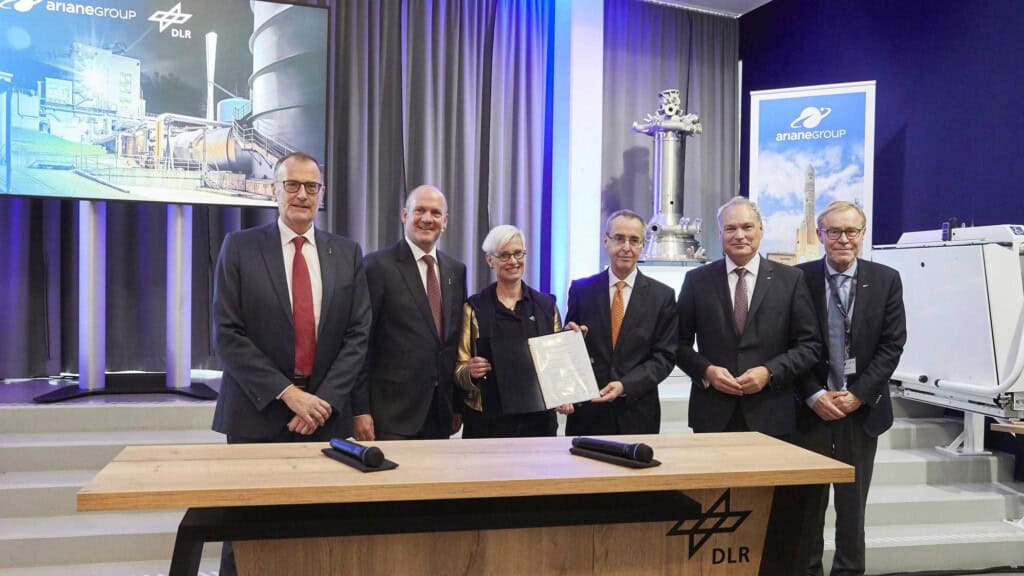
The Vinci engine as a motor for Europe’s access to space
The Vinci engine, developed as the upper stage engine for Ariane 6, plays a central role in the performance of the European launch vehicle. The engine’s outstanding features include a long service life and the ability to be fired multiple times. This makes Ariane 6 extremely flexible and capable of efficiently implementing diverse payload configurations and missions. Of particular note is the use of liquid hydrogen and oxygen as a propellant combination, which is one of the most powerful and environmentally friendly propulsion options.
Germany is making a significant contribution to the development of the Ariane 6 with approximately €800 million. The German Space Agency (DLR) coordinates the funds, ensuring coordinated participation in this important European project. The production of the thrust chambers in Ottobrunn and key technological innovations from Vernon in Normandy underscore the Franco-German collaboration that has significantly shaped the Vinci engine.
Europe-wide importance of the competence center for space propulsion
Lampoldshausen has served as an indispensable center of excellence for liquid rocket engines in Europe for decades. The test benches there enable a wide range of tests, from basic research to flight qualification of the engines. The qualification process for the Vinci engine, previously conducted at the site on the realistic P4.1 test bench, represents an outstanding achievement and is unique in Europe.
The future integration of manufacturing, integration, and final testing will pool expertise and resources to increase the competitiveness of European space travel. This will position Lampoldshausen as a key building block for a sovereign space infrastructure that not only brings economic benefits but also provides strategic security in the global race for access to space.
Conclusion: Strengthening industrial and technological space competence in Europe
The future production and final assembly of the Vinci upper stage engine in Lampoldshausen represents a logical further development of European space capabilities. Consolidating integration and testing within Germany not only creates highly qualified jobs but also consolidates technological sovereignty in the field of space propulsion. The cooperation between ArianeGroup and DLR strengthens the German-French partnership and underscores the shared goal of ensuring Europe’s independent access to space.
The combination of advanced production, demanding qualification tests, and ongoing innovation makes the Lampoldshausen site a crucial factor for the success of Ariane 6 and beyond. The use of efficient propellant technologies and the Vinci engine’s ability to be re-ignited open up a wide range of possibilities for future space missions.
Overall, this development reflects Europe’s ambition to position itself as a technologically leading and sovereign player in the space sector. The expansion of manufacturing capacities and close cooperation between industry and research will ensure the long-term innovative strength and competitiveness necessary to meet the challenges of modern space travel and create new opportunities in the exploration of space.

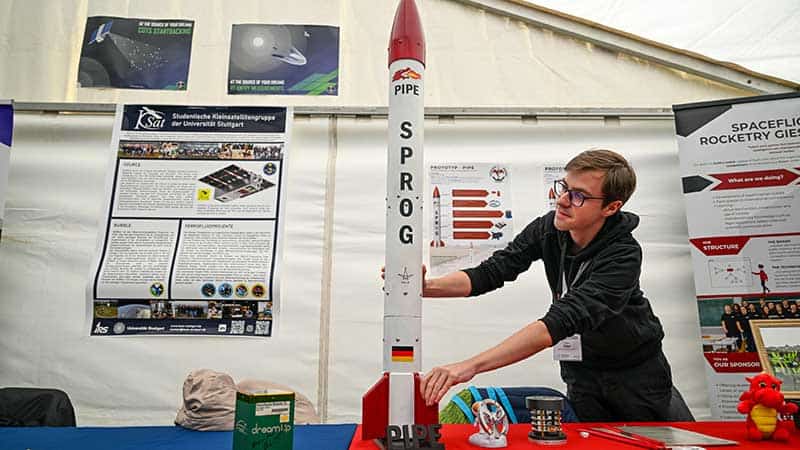 Wacken Open Air: Interstellar meeting place for space enthusiasts (Wacken Open Air: Interstellar meeting place for space enthusiasts)
Wacken Open Air: Interstellar meeting place for space enthusiasts (Wacken Open Air: Interstellar meeting place for space enthusiasts) Strong Martian winds and dust devils: Insights thanks to deep learning and camera technology (Strong Martian winds and dust devils: Insights thanks to deep learning and camera technology)
Strong Martian winds and dust devils: Insights thanks to deep learning and camera technology (Strong Martian winds and dust devils: Insights thanks to deep learning and camera technology)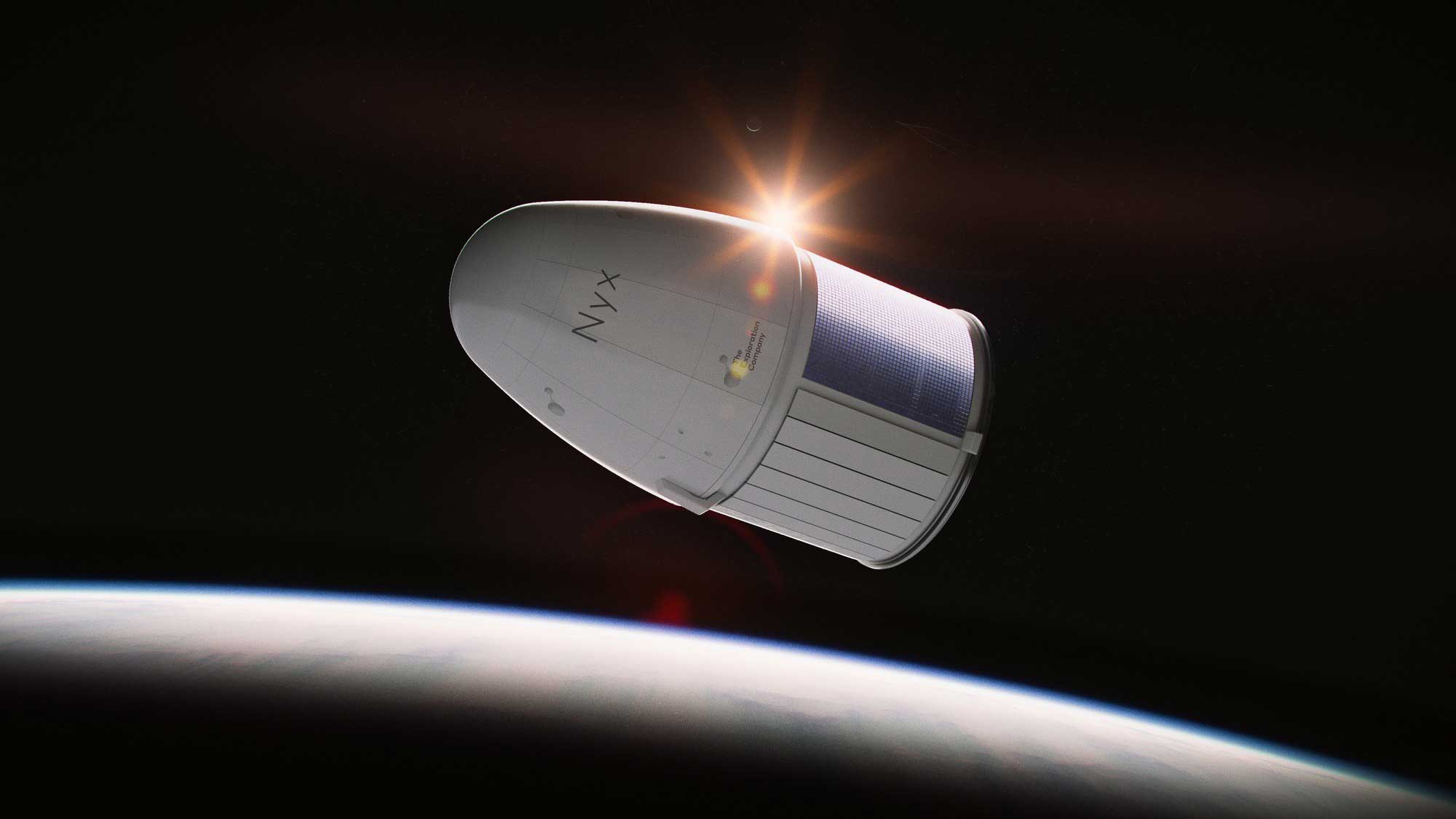 Space research: DLR buys flights on the “Nyx” space capsule (Space research: DLR buys flights on the “Nyx” space capsule)
Space research: DLR buys flights on the “Nyx” space capsule (Space research: DLR buys flights on the “Nyx” space capsule)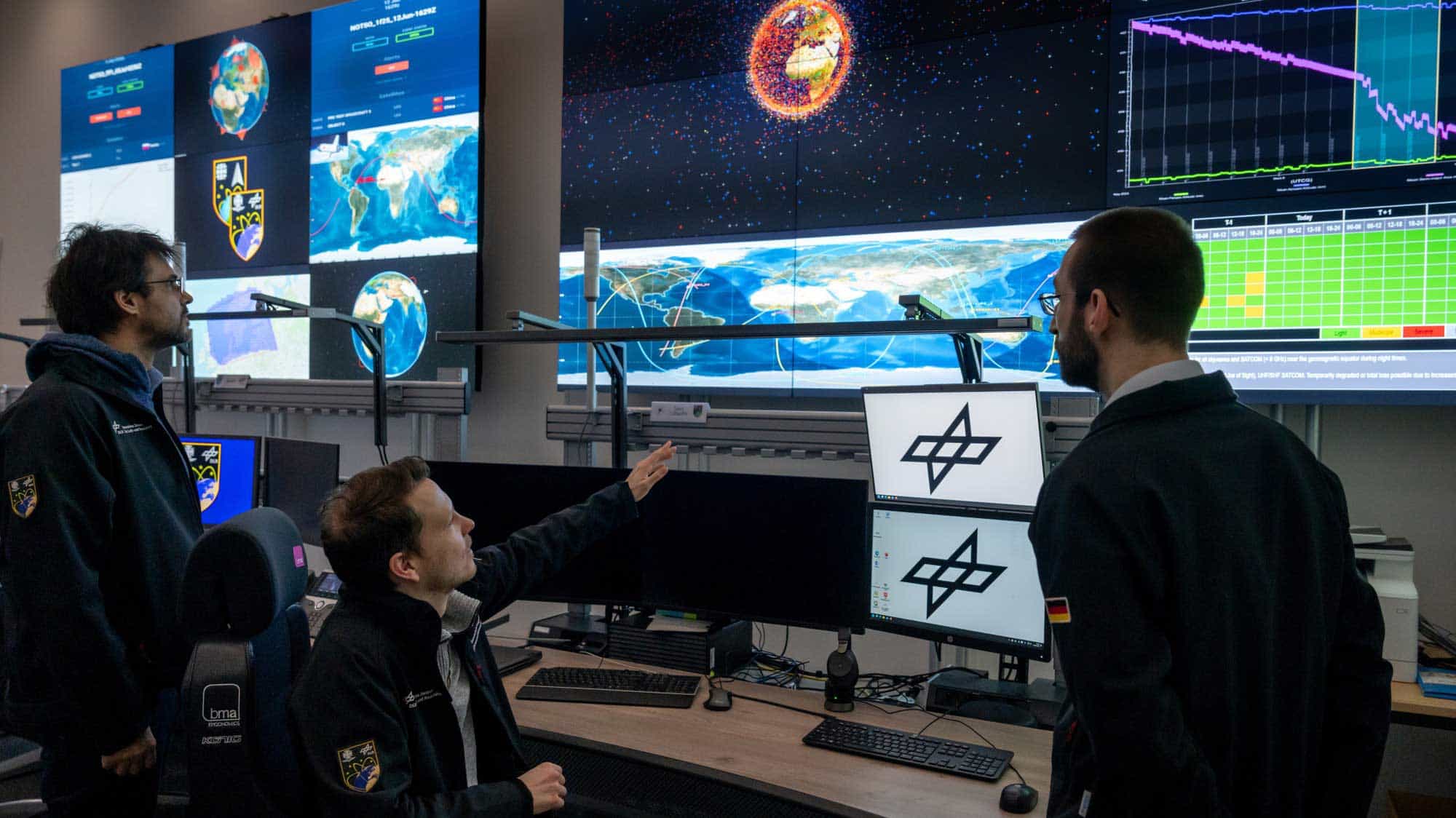 Safety in orbit: DLR & Bundeswehr use Uedem Space Situational Awareness Center (Safety in orbit: DLR & Bundeswehr use Uedem Space Situational Awareness Center)
Safety in orbit: DLR & Bundeswehr use Uedem Space Situational Awareness Center (Safety in orbit: DLR & Bundeswehr use Uedem Space Situational Awareness Center)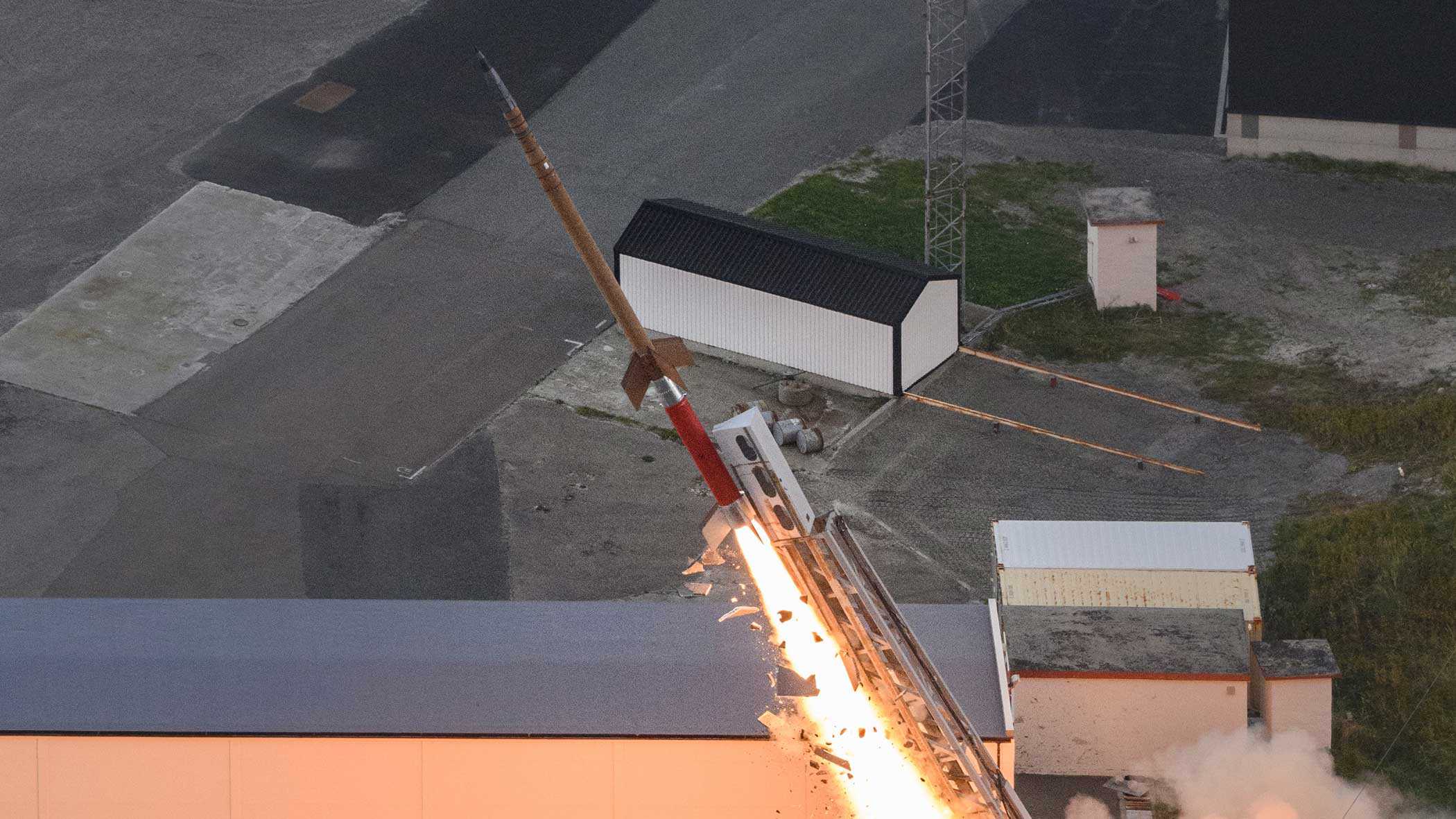 Reusable spacecraft: DLR’s ATHEAt flight experiment (Reusable spacecraft: DLR’s ATHEAt flight experiment)
Reusable spacecraft: DLR’s ATHEAt flight experiment (Reusable spacecraft: DLR’s ATHEAt flight experiment)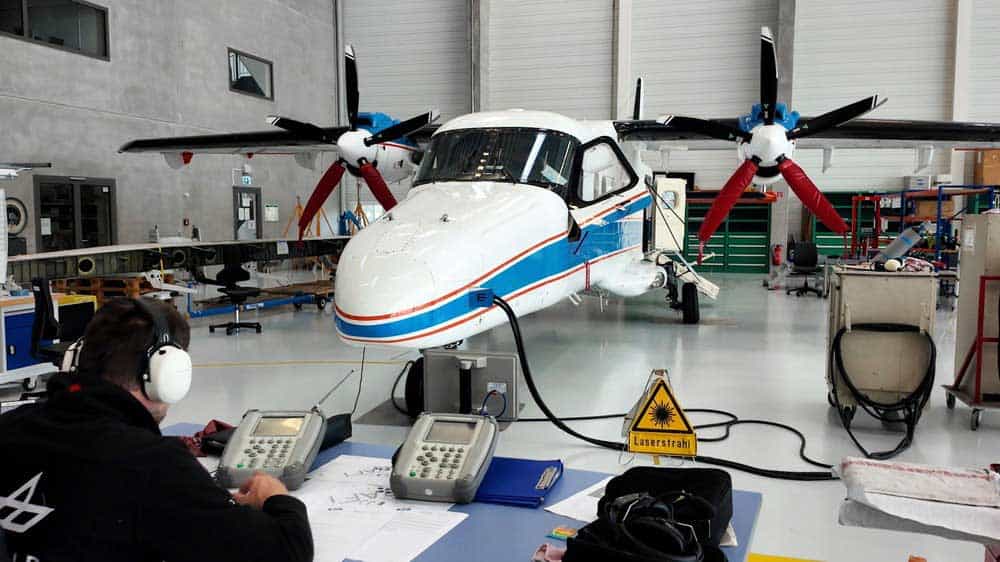 Quantum communication: From aircraft to ground stations and the quantum internet (Quantum communication: From aircraft to ground stations and the quantum internet)
Quantum communication: From aircraft to ground stations and the quantum internet (Quantum communication: From aircraft to ground stations and the quantum internet)
